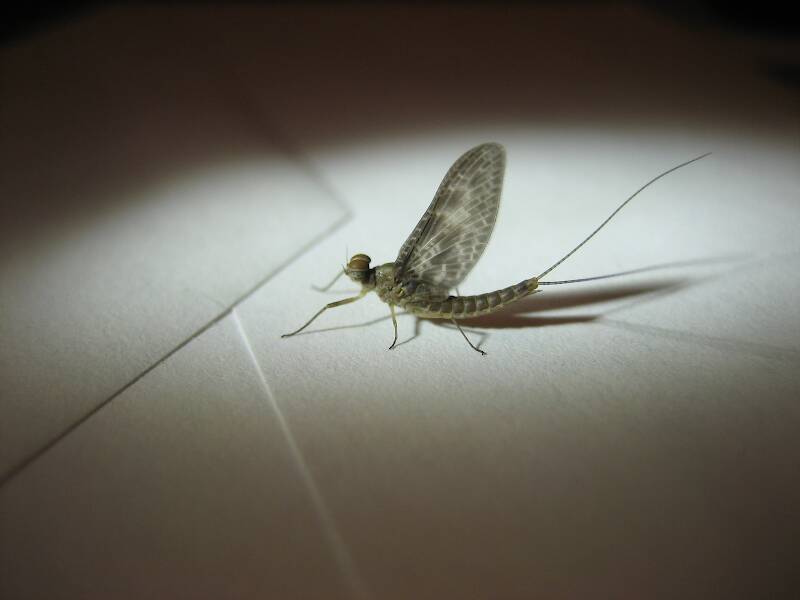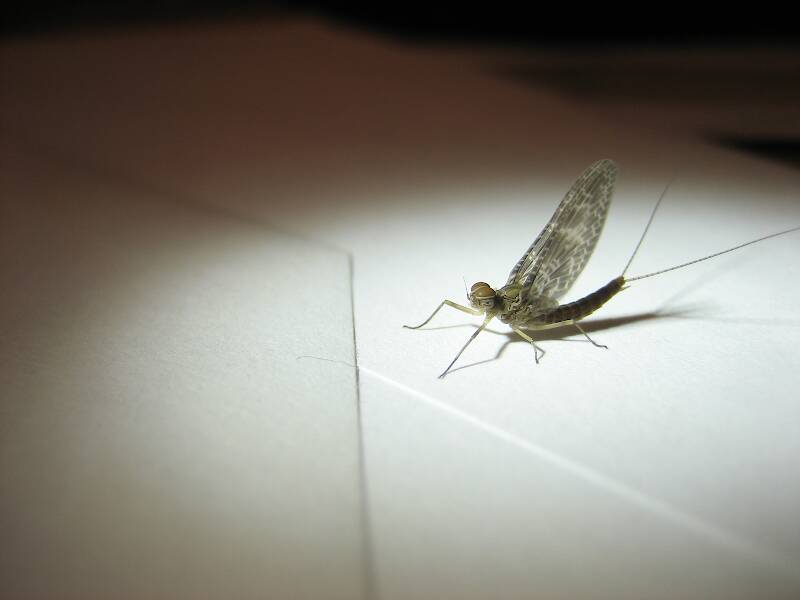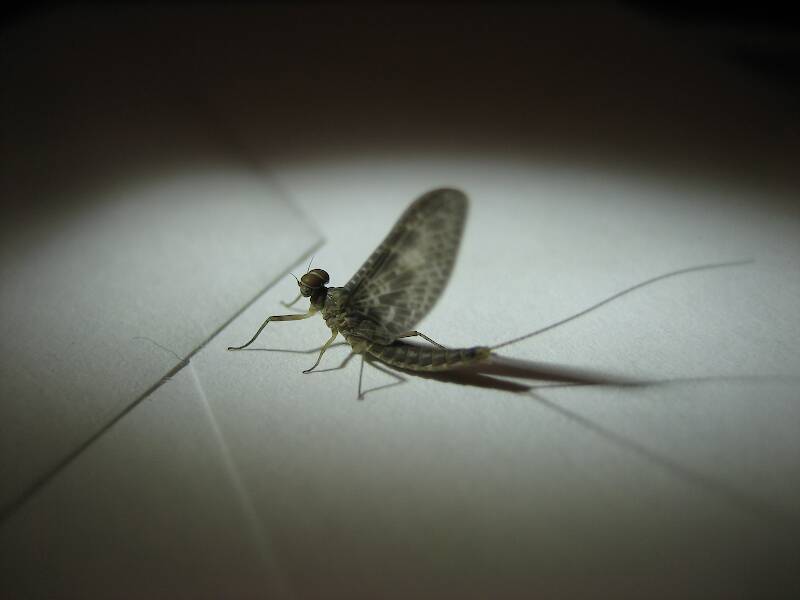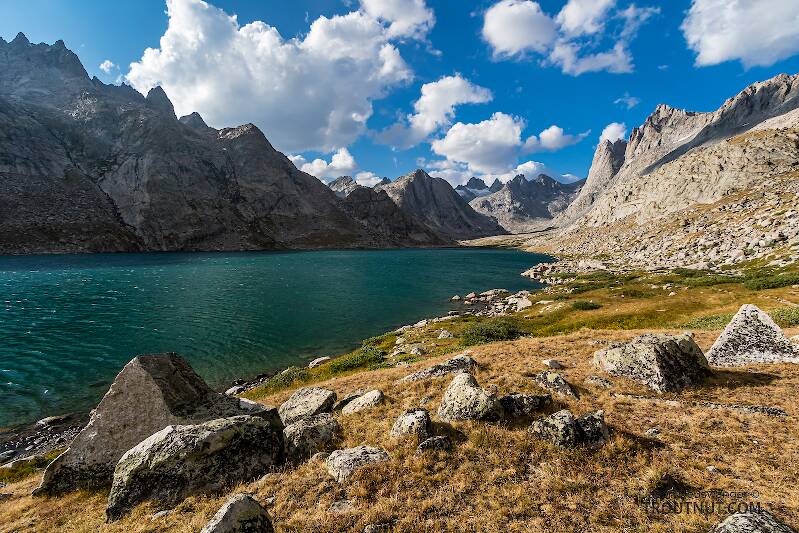
Blue-winged Olives
Baetis
Tiny Baetis mayflies are perhaps the most commonly encountered and imitated by anglers on all American trout streams due to their great abundance, widespread distribution, and trout-friendly emergence habits.
Featured on the forum

This species was fairly abundant in a February sample of the upper Yakima.

Troutnut is a project started in 2003 by salmonid ecologist Jason "Troutnut" Neuswanger to help anglers and
fly tyers unabashedly embrace the entomological side of the sport. Learn more about Troutnut or
support the project for an enhanced experience here.



Phels29 on Apr 29, 2009April 29th, 2009, 4:14 pm EDT
As somebody who is somewhat new to I have learned the technical aspect of Fly Fishing, but I am still learning what alot of the Flys are. So when I am out on the river and somebody says there is a hatch of red quills or the March Browns are emerging right now I am kinda scratching my head like everybody is speaking greek. I was able to snag this fly by the river today and I was curious to know if anybody could help me identify this. It was caught on the Farmington River in Connecticut in the evening.
GONZO on Apr 29, 2009April 29th, 2009, 4:26 pm EDT
This is male Callibaetis dun, aka "speckled dun." It's interesting that you found it on the Farmington; they are usually more common on ponds and lakes (still water). Did you see many of them?
Byhaugh on Feb 25, 2015February 25th, 2015, 9:06 am EST
We see them on the slower stretches of the zhenry's Fork if I'm not mistaken.
Quick Reply
Related Discussions
Topic
Replies
Last Reply
3
Nov 22, 2007
by GONZO
by GONZO
4
Jan 19, 2015
by Kschaefer3
by Kschaefer3
14
Aug 16, 2015
by Catskilljon
by Catskilljon

